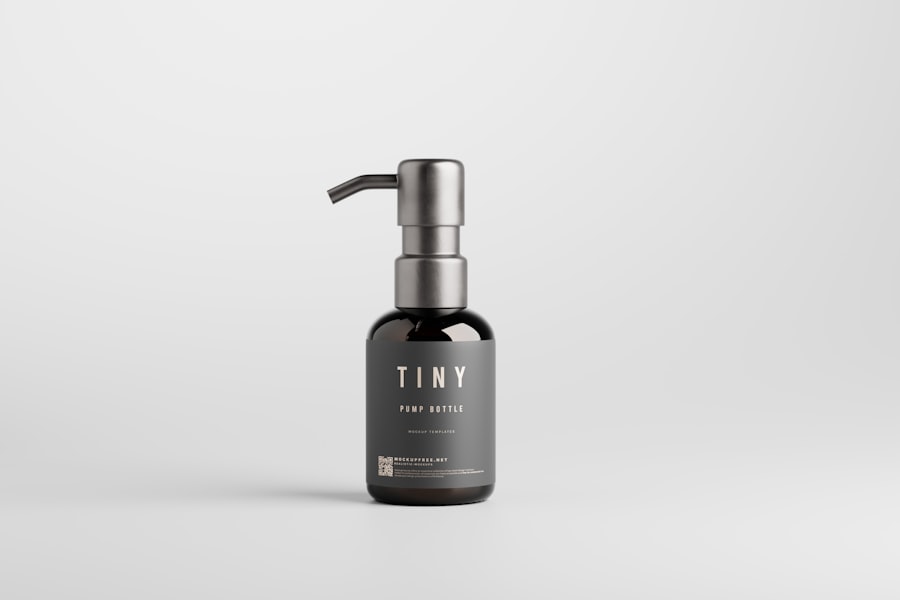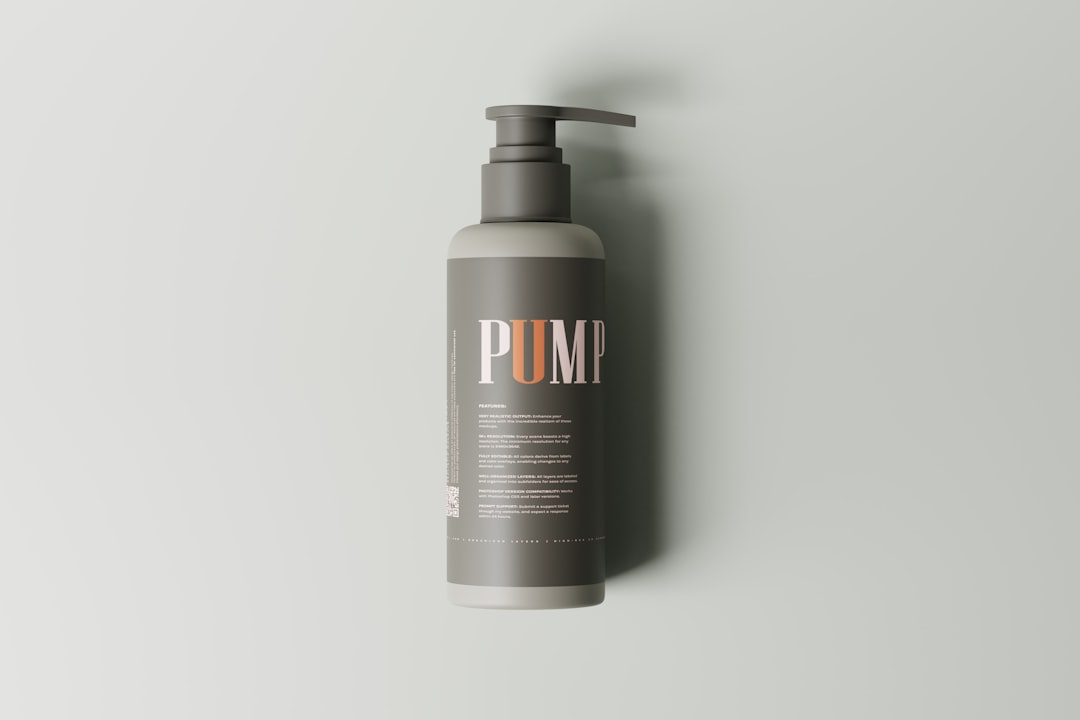After undergoing laser hair removal, you may find yourself feeling excited about the prospect of smooth, hair-free skin. However, it’s crucial to recognize that the journey doesn’t end with the treatment itself. The aftercare you provide your skin plays a significant role in determining the effectiveness of the procedure and ensuring your skin remains healthy.
Understanding the importance of aftercare can help you maximize the benefits of laser hair removal while minimizing any potential side effects. The skin is often sensitive following laser treatments, and proper aftercare can help soothe irritation and promote healing. By taking the time to care for your skin post-treatment, you not only enhance the results but also reduce the risk of complications such as pigmentation changes or infections.
This is why it’s essential to follow the guidelines provided by your laser hair removal specialist and to be proactive in your skincare routine. Your commitment to aftercare can make a significant difference in your overall experience and satisfaction with the results.
Key Takeaways
- Proper aftercare is crucial for successful laser hair removal, including protecting the treated area and following a skincare routine.
- Managing discomfort and redness after treatment can be achieved through the use of soothing products and avoiding certain activities.
- Protecting your skin from sun exposure is essential post-treatment to prevent complications and maintain results.
- A proper skincare routine, including gentle exfoliation and moisturizing, can help optimize the results of laser hair removal.
- Avoiding activities that could irritate the treated area, such as hot showers and excessive sweating, is important for successful aftercare.
Managing Discomfort and Redness After Laser Hair Removal
It’s common to experience some discomfort and redness immediately following your laser hair removal session. This reaction is a normal response as the laser targets hair follicles, and your skin may feel warm or sensitive for a short period. To manage this discomfort effectively, you can apply a cool compress to the treated area.
This simple method can help alleviate heat and reduce inflammation, making you feel more comfortable as your skin begins to recover. In addition to using cool compresses, over-the-counter pain relief medications can also be beneficial if you find the discomfort bothersome. Non-steroidal anti-inflammatory drugs (NSAIDs) like ibuprofen can help reduce pain and swelling.
However, it’s essential to consult with your healthcare provider before taking any medication, especially if you have underlying health conditions or are taking other medications. By being proactive in managing discomfort, you can ensure a smoother recovery process and enjoy the benefits of your treatment without unnecessary distress.
Protecting Your Skin from Sun Exposure Post-Treatment
One of the most critical aspects of aftercare following laser hair removal is protecting your skin from sun exposure. Your skin will be particularly sensitive after treatment, making it more susceptible to sunburn and pigmentation changes. To safeguard your skin, it’s advisable to avoid direct sunlight for at least two weeks post-treatment.
If you must be outdoors, wearing protective clothing and seeking shade can help minimize exposure. In addition to physical barriers, applying a broad-spectrum sunscreen with an SPF of 30 or higher is essential. Sunscreen should be applied generously to all exposed areas, even on cloudy days or when indoors, as UV rays can penetrate windows.
Reapplying sunscreen every two hours, especially if you’re sweating or swimming, will provide an extra layer of protection. By prioritizing sun protection, you can help ensure that your skin heals properly and that the results of your laser hair removal remain optimal.
Proper Skincare Routine for Optimal Results
| Step | Description |
|---|---|
| 1 | Cleanse: Use a gentle cleanser to remove dirt and impurities from the skin. |
| 2 | Exfoliate: Gently exfoliate the skin to remove dead skin cells and promote cell turnover. |
| 3 | Tone: Apply a toner to balance the skin’s pH levels and remove any remaining impurities. |
| 4 | Treat: Use serums or treatments to target specific skin concerns such as acne, aging, or hyperpigmentation. |
| 5 | Moisturize: Apply a moisturizer to hydrate and protect the skin. |
| 6 | Sunscreen: Finish with a broad-spectrum sunscreen to protect the skin from UV damage. |
Establishing a proper skincare routine after laser hair removal is vital for achieving the best possible results. Your skin may feel dry or sensitive following treatment, so it’s essential to use gentle, hydrating products that won’t irritate the area. Look for fragrance-free cleansers and moisturizers that are specifically formulated for sensitive skin.
These products will help maintain hydration without causing further irritation. Incorporating soothing ingredients such as aloe vera or chamomile into your skincare routine can also be beneficial. These natural ingredients have anti-inflammatory properties that can help calm redness and promote healing.
Additionally, avoid using exfoliants or harsh scrubs for at least a week after treatment, as these can disrupt the healing process. By nurturing your skin with a thoughtful skincare routine, you’ll not only enhance the results of your laser hair removal but also support overall skin health.
Avoiding Activities that Could Irritate the Treated Area
After your laser hair removal session, it’s crucial to avoid activities that could irritate the treated area. High-impact exercises, such as running or intense workouts, can lead to excessive sweating and friction on the skin, which may exacerbate redness and discomfort. It’s advisable to refrain from strenuous activities for at least 24 to 48 hours post-treatment to allow your skin time to recover.
Additionally, activities like hot yoga, saunas, or steam rooms should be avoided for a week following your session. The heat from these environments can further irritate sensitive skin and increase the risk of complications. Instead, consider opting for low-impact activities like walking or gentle stretching during this recovery period.
By being mindful of your activities, you can help ensure that your skin heals properly and that you achieve the best possible results from your treatment.
Monitoring and Treating Any Potential Side Effects

While most individuals experience minimal side effects after laser hair removal, it’s essential to monitor your skin for any unusual reactions.
Early intervention can prevent complications and ensure that any issues are addressed effectively.
If you do experience mild side effects like redness or swelling, applying a soothing gel or cream recommended by your specialist can help alleviate discomfort. Cold compresses can also be beneficial in reducing inflammation. Keeping an eye on how your skin responds in the days following treatment will empower you to take action if necessary and ensure a smooth recovery process.
Following Up with Your Laser Hair Removal Specialist
Maintaining open communication with your laser hair removal specialist is vital throughout your treatment journey. Scheduling follow-up appointments allows you to discuss any concerns or questions you may have regarding your recovery process or results. Your specialist can provide personalized advice based on your unique skin type and treatment experience, ensuring that you receive tailored care.
During these follow-up visits, your specialist may assess how well your skin has responded to the treatment and recommend any adjustments to your aftercare routine if needed. They can also inform you about when to schedule your next session for optimal results.
Long-Term Maintenance and Touch-Up Treatments
Once you’ve completed your initial series of laser hair removal sessions, it’s essential to consider long-term maintenance and touch-up treatments. While many individuals experience significant hair reduction after their initial treatments, some may find that occasional touch-ups are necessary to maintain their desired results over time. These touch-up sessions are typically less frequent than the initial treatments and can help address any regrowth that may occur.
In addition to scheduling touch-ups as needed, maintaining a consistent skincare routine will support long-term results. Continue protecting your skin from sun exposure and using gentle products that promote healing and hydration. By prioritizing both maintenance treatments and proper skincare practices, you’ll be well on your way to enjoying smooth skin for years to come.
In conclusion, understanding the importance of aftercare following laser hair removal is crucial for achieving optimal results and ensuring healthy skin. By managing discomfort effectively, protecting your skin from sun exposure, establishing a proper skincare routine, avoiding irritating activities, monitoring potential side effects, maintaining communication with your specialist, and considering long-term maintenance options, you’ll set yourself up for success in your journey toward smooth, hair-free skin. Embrace this opportunity for self-care and enjoy the confidence that comes with beautiful skin!
After undergoing laser hair removal at Elase, it is important to follow proper aftercare instructions to ensure the best results. One related article that provides helpful information on customizing your laser hair removal treatment based on your specific needs can be found here. For more information on laser hair removal services offered at Elase, visit their website





